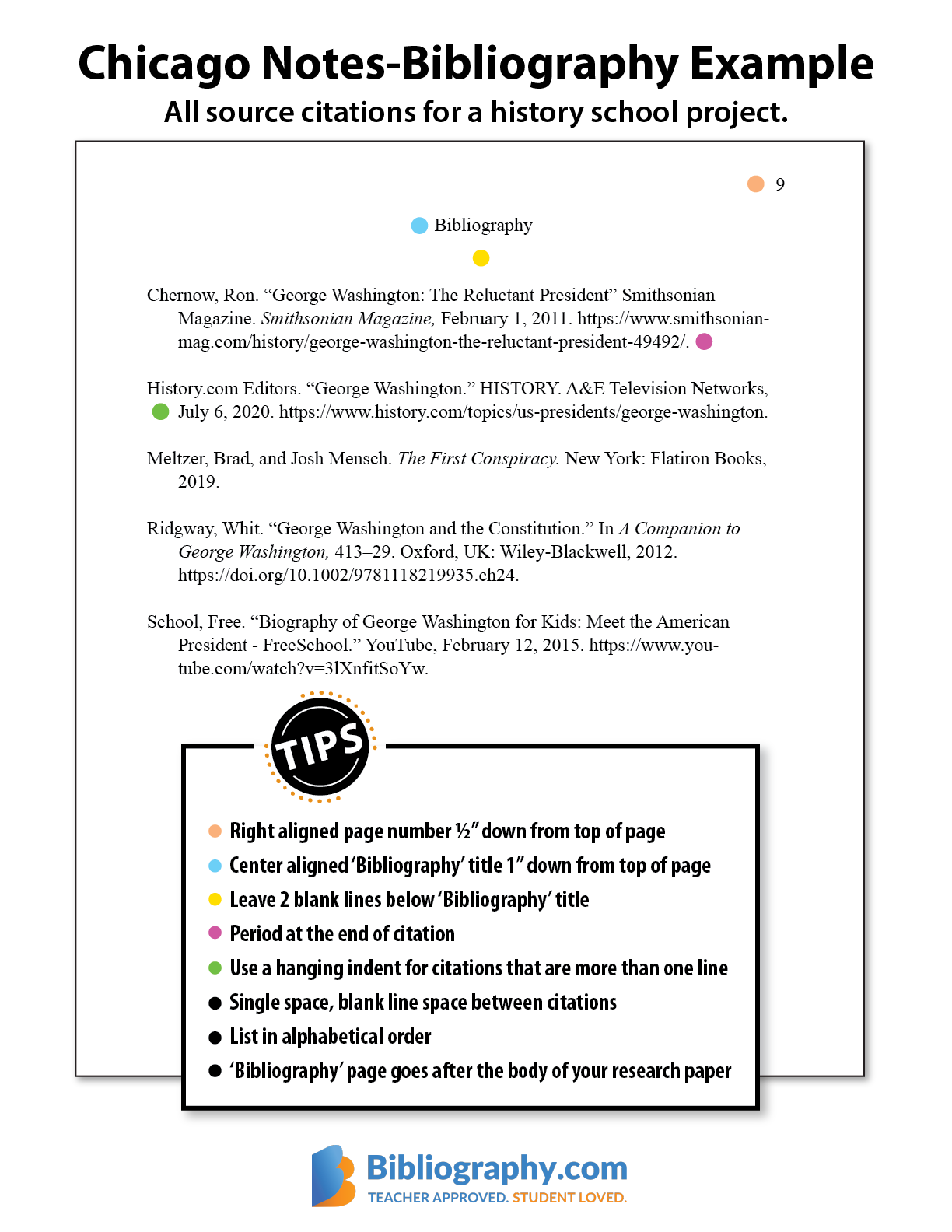

HOW TO PROPERLY CITE SOURCES IN COLLEGE ESSAY HOW TO
The video linked here explains how to avoid accidental plagiarism. The consequences of accidental plagiarism are typically the same as those of any other type of plagiarism. Accidental plagiarism: Unintentionally or subconsciously using someone else's words or expression of ideas as your own.

Self-plagiarism: The practice of making one's own previously published ideas appear brand new.Patchwriting: Paraphrasing from someone else's work, even if the source is cited.Direct plagiarism: Word-for-word copying of someone else's work.Below we provide a quick definition of each, with links to more in-depth explanations. There are four main types of plagiarism: direct plagiarism, patchwriting (also known as "mosaic plagiarism"), self-plagiarism, and accidental plagiarism. The resources below demystify the main types of plagiarism. As a result of misunderstanding the term's nuances, many students commit plagiarism unintentionally. That is plagiarism, of course, but it's not the only form.

Many people believe that plagiarism occurs only when you use another writer's words verbatim in your own work. John's University faculty and students, who all give their thoughts on defining and preventing plagiarism. This video clip includes interviews from multiple St. This piece frames plagiarism within the context of "intellectual challenges" that writers must overcome in order to achieve true academic credibility. This article defines plagiarism as an "act of fraud" which involves both "stealing" and "lying about it afterward." The article contains sections on intellectual property and the theft of ideas, both crucial concepts in understanding plagiarism. By using citations correctly, you can be sure to avoid plagiarism, the "theft of ideas," which can have serious consequences. To understand how to use citations and prevent plagiarism, you'll need a solid grounding in what plagiarism is and how to spot it. Why Using Citations Is ImportantĬitations enable further research, prevent the spread of false information, and give credit to the creator of an original idea. This blog post by a professor at the University of Calgary clarifies the subtle but important difference between a citation (a source mentioned within the context of a paper or essay) and a reference (an entry in a compiled list of sources cited in your work). Reference: What's the Difference? (Learning, Teaching, and Leadership Blog) is a comprehensive resource for understanding and preventing plagiarism (which we will discuss in the next section).Ĭitation vs. This page defines citations and details when to use them. The Massachusetts Institute of Technology's library guide has a helpful section on citation basics, including an entire section on when you must cite your sources. This video could be especially helpful as a succinct guide for visual learners. This video describes what a citation is, why we cite, and what kinds of citation styles you are likely to encounter. Video Tutorial on Citations (North Carolina State Univ. Wikipedia's entry on citations includes thorough descriptions of their function and purpose, as well as subsections dedicated to different citation styles. The resources below will give you a solid grounding in the fundamentals of why we use citations and when to use them in your own work. In order to research and write academic work correctly and honestly, you must have a clear understanding of what a citation is.


 0 kommentar(er)
0 kommentar(er)
